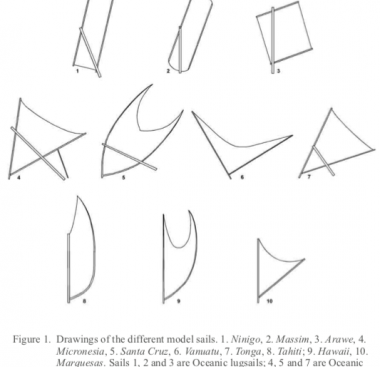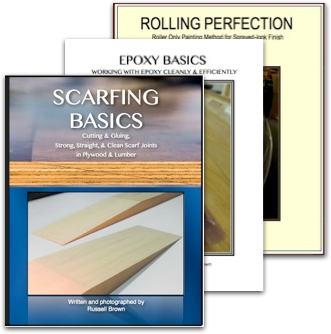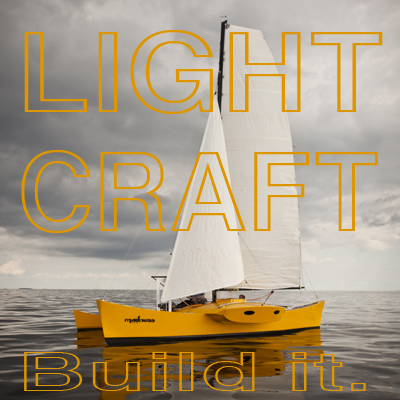Wind Tunnel Measurements of the Performance of Canoe Sails From Oceania
In what is no doubt the longest headline ever at Proafile, The Journal of the Polynesian Society has published a paper by Anne di Piazza, Erik Pearthree and Francois Paille on their wind tunnel research results. Apparently inspired by C. A. Marchaj and his wind tunnel testing of various rigs of working sail, including the “crab claw”, the new study expands the range to a wide variety of Pacific rigs:
The primary objectives of this paper are twofold: (i) to test different traditional Pacific rigs in a wind tunnel, rank their relative performance, and compare these results with other studies, in particular Marchaj’s “crab claw”; and (ii) to question developmental implications of such results and consider whether the geographic distribution of the various rigs could shed some light on the history of settlement within Oceania.
Much thanks to G. Baron for the submission!



Remember the German windtunnel tests by the fellow whose name I forget right now, who refuted many of Marchaj’s results? I still have his test results saved, which he posted to the old Yahoo Proa-file forum.